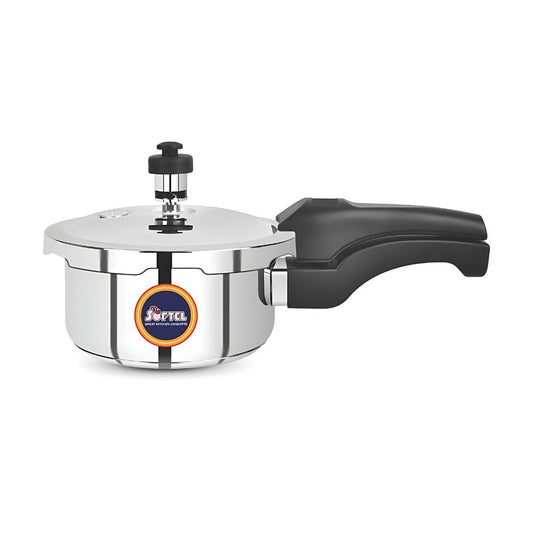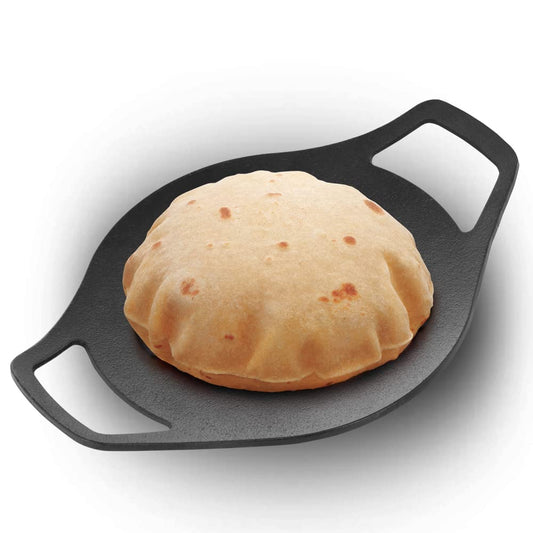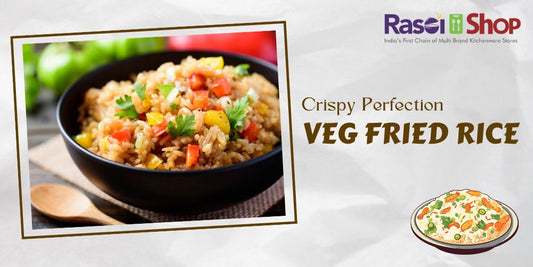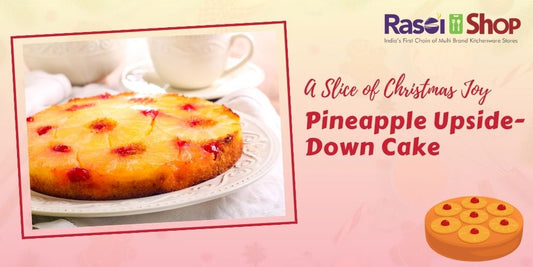In the world of modern cooking, the pressure cooker has emerged as an indispensable tool for home chefs seeking efficiency and flavor. Among the top contenders in this category is the Softel Pressure Cooker, renowned for its innovative design and versatile functionality.
Common Myths about Pressure Cookers
-
Myth: You Can Only Cook Certain Foods in a Pressure Cooker
Fact: Pressure cookers are incredibly versatile. You can prepare a wide range of dishes, from soups and stews to grains, vegetables, and even desserts. The Softel Pressure Cooker allows you to experiment with various recipes and cuisines. -
Myth: Pressure Cookers Take a Long Time to Cook
Fact: One of the main benefits of using a pressure cooker is the time it saves. Cooking times can be reduced by up to 70%, allowing you to prepare meals quickly, which is especially beneficial for busy families or individuals. -
Myth: Pressure Cooking Is Unhealthy
Fact: Pressure cooking is not only efficient but also healthy. The cooking process retains more vitamins and minerals compared to other cooking methods. Since food is cooked quickly and with minimal water, nutrients remain intact, making meals healthier for you and your family. -
Myth: Pressure Cookers Are Dangerous
Fact: Modern pressure cookers, including those from Softel, are equipped with multiple safety features, such as pressure release valves and locking mechanisms. These advancements ensure safe operation, making them much safer than the traditional models of the past. -
Myth: Pressure Cooking Makes Food Taste Bad
Fact: On the contrary, pressure cooking enhances the flavors of food. The sealed environment traps steam and flavors, resulting in tender and delicious meals. Many chefs prefer pressure cooking for its ability to intensify flavors.
Key Features of Pressure Cookers
1) Material:-
Tri-Ply: Refers to a three-layer construction that combines different materials to optimize cooking performance.
-
Stainless Steel: Stainless steel is known for its strength and resistance to wear and tear. It can withstand high pressure and temperatures, making it ideal for pressure cooking.
- Gas and Induction: Softel pressure cookers are compatible with both gas and induction cooktops, making them a versatile choice for any kitchen setup.
3) Lid Type:
- Outer Lid: An outer lid design feature a lid that sits on top of the pot, creating a secure seal.
- Inner Lid: An inner lid design, where the lid is attached to the pot.
4) Warranty:
- 1 to 10 Years Warranty depending on the model, providing peace of mind and assurance of quality.
5) Capacity Options:
| 1 Liter | |
| 1.5 Liter |
Perfect for small families or side dishes. |
| 2 Liter |
A versatile option for everyday cooking. |
| 3 Liter |
Great for larger meals or batch cooking. |
| 5 Liter |
Suitable for families or gatherings, allowing you to prepare larger quantities with ease. |
Actual Benefits of Using a Softel Pressure Cooker
- Silicon Gasket : One of the standout features of the Softel Pressure Cooker is its superior silicon gasket. This feature not only enhances safety but also ensures that your food cooks evenly and retains its moisture.
- 30+ Years : As a trusted brand with over 30 years of experience, Softel continues to deliver high-quality products that meet the needs of modern home cooks.
- Made in India: Proudly manufactured in India, Softel Pressure Cookers support local craftsmanship and contribute to the economy.
- Energy Efficiency: Using a pressure cooker consumes less energy than conventional cooking methods.
We encourage you to explore the world of pressure cooking with Softel and experience the convenience and delicious results for yourself. Visit Rasoishop






